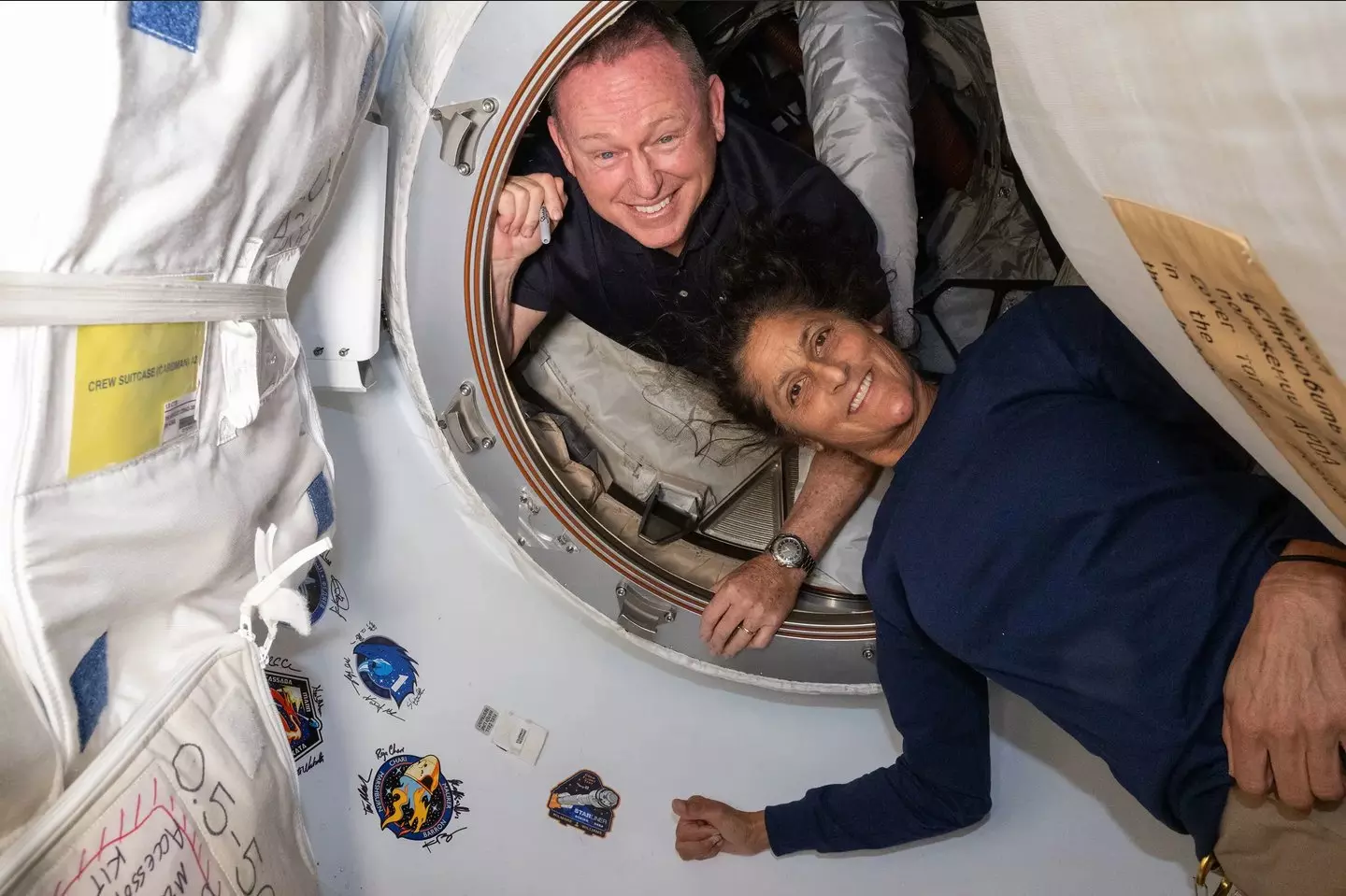
Boeing's Starliner returns to Earth without astronauts
Both the astronauts remained on the ISS as Starliner autonomously undocked on Friday, beginning a six-hour trek to Earth using maneuvering thrusters that NASA deemed too risky for a crew

Boeing's Starliner returned to Earth from the International Space Station (ISS) without astronauts Sunita Williams and Butch Wilmore, concluding a three-month test mission marked by technical issues.
The gumdrop-shaped capsule landed gently at the White Sands Space Harbour in New Mexico at approximately 0401 GMT (9:30 am), its descent slowed by parachutes and cushioned by airbags, having departed the ISS around six hours earlier, said an AFP report.
Both the astronauts remained on the ISS as Starliner autonomously undocked at 6:04 pm ET (2204 GMT) on Friday, beginning a six-hour trek to Earth using maneuvering thrusters that NASA last month deemed too risky for a crew.
NASA plan derailed
Following years of delays, Starliner launched in June for what was meant to be a roughly weeklong test mission -- a final shakedown before it could be certified to ferry crew to and from the orbital laboratory
However, unexpected thruster malfunctions and helium leaks on its way up derailed those plans, and NASA ultimately decided it was safer to bring Wilmore and Williams back on a rival SpaceX Crew Dragon -- though they'll have to wait until February 2025, said the AFP report.
Ground teams reported hearing sonic booms as it streaked red hot across the night sky, having endured temperatures of 3,000 degrees Fahrenheit (1,650 degrees Celsius) during atmospheric re-entry.
A smooth, uneventful ride was seen as critical not only for salvaging some pride but also for Boeing's prospects of achieving certification in the future.
Extensive ground testing
The century-old aerospace giant had carried out extensive ground testing aimed at replicating the technical issues the spaceship had experienced on its ascent and devised plans to prevent more problems.
With its reputation already battered by safety concerns affecting its passenger jets, Boeing made assurances in public and in private that it could be trusted to bring the astronauts home -- an assessment not shared by NASA, said the report.
“Boeing believed in the model that they had created that tried to predict the thruster degradation for the rest of the flight,” Steve Stich, program manager for NASA's Commercial Crew Program, told reporters this week.
But “the NASA team, due to the uncertainty in the modeling, could not get comfortable with that,” he added, characterising the mood during meetings as “tense”.
Starliner’s ‘breakout burn’
Soon after undocking, Starliner executed a powerful “breakout burn” to swiftly clear it from the station and prevent any risk of collision -- a manoeuvre that would have been unnecessary if crew were aboard to take manual control if needed.
Following that, mission teams conducted thorough checks of its thrusters in preparation for the critical “deorbit burn”, required to guide the capsule onto its re-entry path around 40 minutes before landing.
While expectations were high that Starliner would stick the landing, as it had in two previous uncrewed tests, NASA will now carefully review all aspects of the mission's performance before deciding on the next steps.

